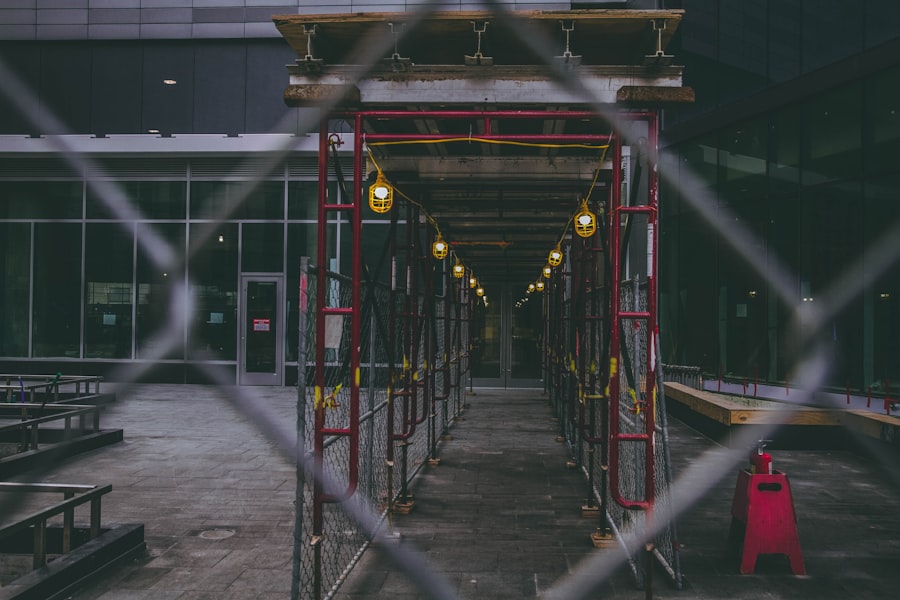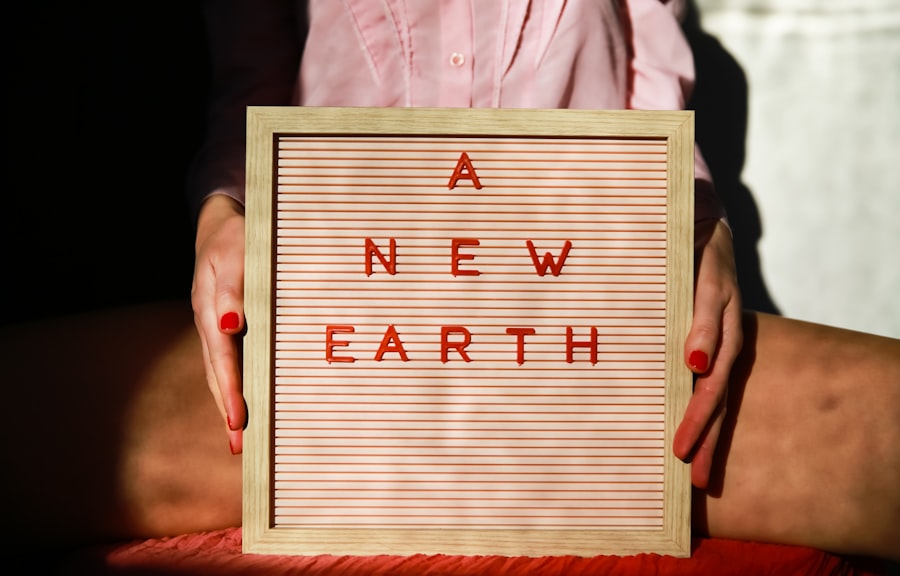Perlite soil is a lightweight, volcanic glass that has been heated to high temperatures, causing it to expand and create a porous material. This unique structure makes perlite an excellent additive for various types of soil, particularly in gardening and horticulture. When heated, perlite expands to about 20 times its original volume, resulting in small, white, pebble-like particles that are both sterile and pH neutral.
This property makes perlite an ideal medium for improving soil structure and enhancing plant growth.
In its natural state, perlite is a mineral that can be found in various geological formations. However, the perlite used in gardening is processed to create a lightweight aggregate that can be easily mixed with other soil components.
Its unique characteristics allow it to retain moisture while simultaneously providing excellent drainage and aeration. As a result, perlite has become a popular choice among gardeners and horticulturists looking to create optimal growing conditions for their plants.
Key Takeaways
- Perlite soil is a lightweight, porous material used to improve soil aeration and drainage in gardening.
- Using perlite soil in gardening can benefit plants by promoting healthy root growth and preventing soil compaction.
- Perlite soil improves soil aeration and drainage by creating air pockets and preventing waterlogging.
- Perlite soil is pH neutral, making it suitable for a wide range of plants and soil types.
- When using perlite soil in container gardening, it is important to mix it with other soil amendments for best results and choose the right type for different plants.
The Benefits of Using Perlite Soil in Gardening
Long-Term Benefits and Cost-Effectiveness
This balance helps prevent overwatering, which can be detrimental to plant health. Additionally, perlite does not break down over time like organic materials do, ensuring that its beneficial properties remain intact throughout the growing season. This longevity makes it a cost-effective solution for gardeners looking to enhance their soil quality.
How Perlite Soil Improves Soil Aeration and Drainage

The structure of perlite plays a crucial role in enhancing soil aeration and drainage. When mixed into garden soil, the lightweight particles create air pockets that facilitate the movement of air through the soil profile. This increased aeration is vital for root respiration, allowing roots to access the oxygen they need for metabolic processes.
In compacted soils, the lack of air can lead to anaerobic conditions, which are detrimental to plant health. In terms of drainage, perlite’s ability to retain some moisture while allowing excess water to escape is invaluable. In heavy clay soils, for example, water can become trapped, leading to waterlogged conditions that suffocate roots and promote fungal diseases.
By incorporating perlite into such soils, gardeners can improve drainage significantly. The expanded particles create pathways for water to flow through, reducing the risk of standing water and ensuring that roots remain healthy and well-aerated.
Understanding the pH Neutral Properties of Perlite Soil
Perlite is inherently pH neutral, which means it does not significantly alter the acidity or alkalinity of the soil it is mixed with. This characteristic is particularly beneficial for gardeners who want to maintain specific pH levels for their plants. Many plants have particular pH preferences; for instance, blueberries thrive in acidic soils, while others like lavender prefer more alkaline conditions.
By using perlite as a soil amendment, gardeners can enhance their soil’s physical properties without inadvertently affecting its chemical balance. The neutrality of perlite also makes it an excellent choice for various growing applications, including container gardening and hydroponics. In these systems, maintaining precise pH levels is crucial for nutrient uptake and overall plant health.
Since perlite does not contribute any additional nutrients or alter pH levels, it allows gardeners to have greater control over their growing environment. This predictability is especially important in commercial horticulture, where consistent results are essential for profitability.
How to Use Perlite Soil in Container Gardening
Container gardening presents unique challenges regarding soil composition and drainage. Perlite is an ideal amendment for container mixes due to its lightweight nature and excellent drainage properties. When creating a potting mix for container gardening, a common ratio is one part perlite to two parts potting soil.
This combination ensures that the mix retains enough moisture while allowing excess water to drain away effectively. In addition to improving drainage, perlite helps prevent soil compaction in containers. Over time, potting mixes can become dense as water and nutrients are absorbed by plants.
By incorporating perlite into the mix, gardeners can maintain a light and fluffy texture that promotes healthy root growth. Furthermore, because perlite does not decompose like organic matter, it helps maintain the structure of the potting mix over time, reducing the need for frequent repotting.
The Role of Perlite Soil in Hydroponic Gardening

Benefits of Perlite in Hydroponics
Perlite serves as an excellent growing medium in hydroponic systems due to its ability to provide aeration and support plant roots without retaining excessive moisture. It can be combined with other inert media like coconut coir or vermiculite to create a balanced environment for plant growth.
Optimal Oxygen Levels and Disease Prevention
In hydroponics, maintaining proper oxygen levels around the roots is critical for preventing root rot and promoting healthy growth. Perlite’s porous structure allows for optimal air exchange while still providing enough moisture retention to keep roots hydrated. Additionally, because perlite is sterile and free from pathogens, it minimizes the risk of disease transmission in hydroponic systems.
A Preferred Choice for Hydroponic Growers
This makes perlite a preferred choice among hydroponic growers looking for reliable and effective growing media.
Mixing Perlite Soil with Other Soil Amendments for Best Results
To achieve optimal results in gardening, perlite can be mixed with various other soil amendments tailored to specific plant needs. For instance, combining perlite with peat moss creates a well-draining mix that retains moisture while providing essential nutrients. This combination is particularly beneficial for plants that prefer slightly acidic conditions since peat moss naturally lowers pH levels.
Another effective mixture involves combining perlite with compost or well-rotted manure.
This blend not only improves drainage but also adds organic matter back into the soil, enriching it with nutrients essential for plant growth.
The organic matter helps retain moisture while the perlite ensures that excess water drains away efficiently.
Such combinations allow gardeners to customize their soil mixes based on the specific requirements of different plants.
Choosing the Right Perlite Soil for Different Types of Plants
When selecting perlite for gardening purposes, it’s essential to consider the specific needs of the plants being grown. Different types of plants have varying requirements regarding moisture retention and aeration. For instance, succulents and cacti thrive in well-draining soils that do not retain excess moisture; therefore, a higher ratio of perlite may be beneficial in their potting mix.
Conversely, tropical plants may require more moisture retention in their growing medium. In such cases, mixing perlite with materials like coconut coir or peat moss can create an ideal environment that balances aeration with moisture retention. Understanding the specific needs of each plant type will help gardeners choose the right proportions of perlite and other amendments to create optimal growing conditions.
Tips for Watering and Fertilizing Plants in Perlite Soil
Watering plants grown in perlite-amended soil requires careful attention due to its unique properties. While perlite retains some moisture, it also promotes rapid drainage; thus, it’s crucial not to overwater plants. A good practice is to check the top inch of the soil before watering; if it feels dry, it’s time to water again.
This approach helps prevent overwatering while ensuring that plants receive adequate hydration. Fertilizing plants in perlite soil also requires consideration of its inert nature. Since perlite does not contain any nutrients itself, regular fertilization is necessary to provide essential elements for plant growth.
Using a balanced liquid fertilizer diluted according to package instructions can help ensure that plants receive adequate nutrition without overwhelming them with excess salts that could accumulate in the growing medium.
How to Store and Handle Perlite Soil Safely
When handling and storing perlite soil, safety precautions should be taken due to its fine dust particles that can become airborne during mixing or transport. Wearing a dust mask or respirator is advisable when working with dry perlite to avoid inhaling any dust particles that may irritate the respiratory system. Additionally, using gloves can help protect hands from any potential irritation caused by contact with the material.
For storage purposes, keeping perlite in a sealed container or bag can help prevent moisture absorption and maintain its lightweight properties. It’s essential to store it in a cool, dry place away from direct sunlight to preserve its effectiveness as a soil amendment. Proper handling and storage practices ensure that gardeners can utilize perlite effectively without compromising their health or its quality.
Common Mistakes to Avoid When Using Perlite Soil in Gardening
One common mistake gardeners make when using perlite is failing to adjust watering practices accordingly. Due to its excellent drainage capabilities, overwatering can quickly lead to dry conditions for plants accustomed to more moisture-retentive soils. Gardeners should be mindful of their watering schedules and adjust them based on the specific needs of their plants when using perlite.
Another frequent error involves neglecting nutrient supplementation when using pure perlite as a growing medium. Since perlite does not provide any nutrients on its own, relying solely on it without adding fertilizers can lead to nutrient deficiencies in plants over time. Gardeners should ensure they incorporate appropriate fertilizers into their routine to support healthy growth and development while using perlite as part of their soil mix.
If you’re looking to expand your gardening knowledge beyond perlite soil, you may be interested in learning about the best way to harvest fresh thyme at home. This article provides valuable tips and techniques for growing and harvesting this versatile herb. Check it out here for more information.
FAQs
What is perlite soil?
Perlite soil is a type of soil amendment that is made from volcanic glass. It is lightweight and porous, making it an ideal addition to potting mixes and garden soils.
What are the benefits of using perlite soil?
Perlite soil helps improve soil aeration, drainage, and moisture retention. It also helps prevent soil compaction and provides a suitable environment for root growth.
How is perlite soil used in gardening?
Perlite soil is often mixed with other soil amendments, such as peat moss or compost, to create a well-draining and nutrient-rich potting mix. It can also be used as a top dressing for potted plants or as a soil amendment for garden beds.
Is perlite soil suitable for all types of plants?
Perlite soil is suitable for a wide range of plants, including houseplants, vegetables, flowers, and shrubs. It is particularly beneficial for plants that require well-draining soil and good root aeration.
Is perlite soil environmentally friendly?
Perlite is a naturally occurring mineral and is considered to be environmentally friendly. It is non-toxic and does not release any harmful substances into the environment.

